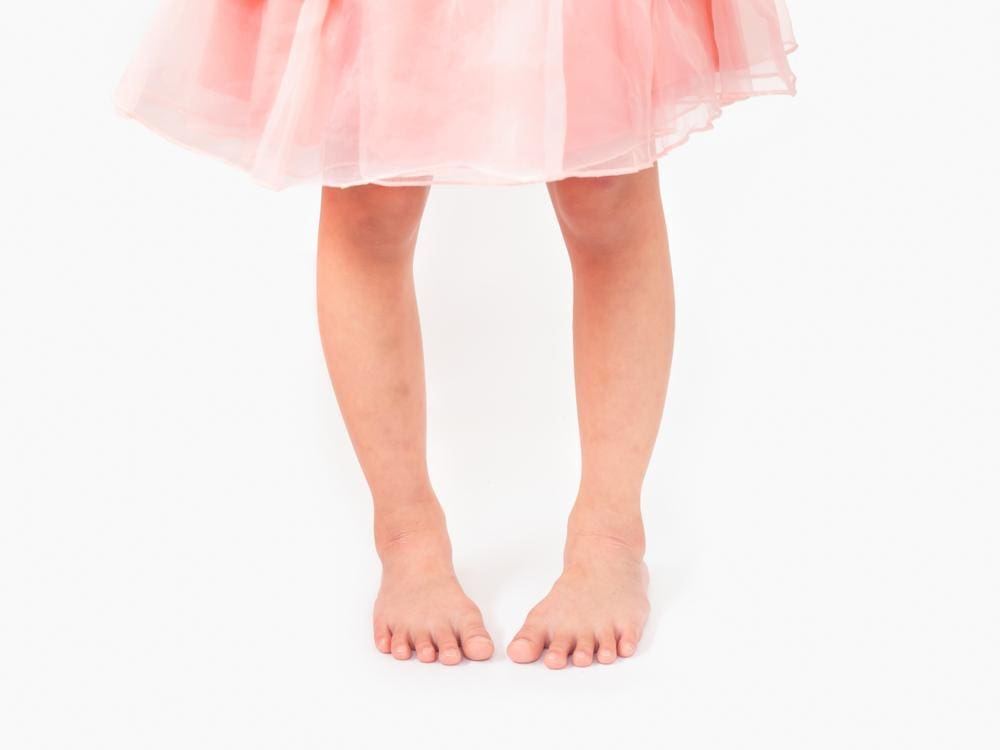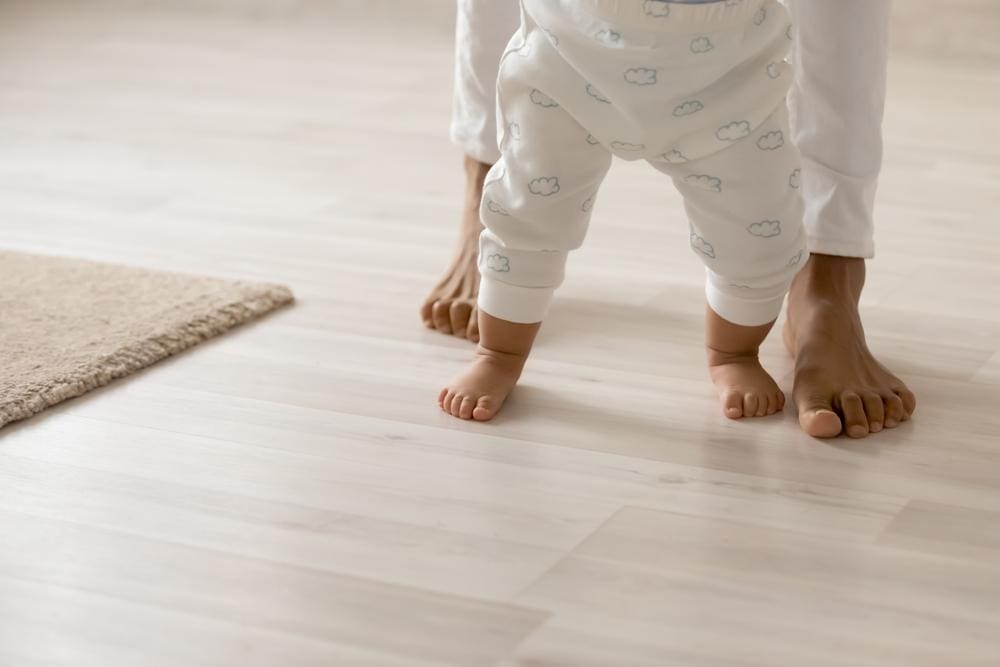
Femoral anteversion is a common and rarely serious congenital condition affecting young children. For some people, the condition persists into adulthood. It affects the lower body, including the hips, knees, and feet.
People with femoral anteversion are out of alignment. There is rotation in their hips and legs, which can affect their everyday life, depending on the degree. Although there is no non-surgical cure for this condition, and it usually resolves itself with time, chiropractic care can align the entire body and make the situation manageable.
Femoral anteversion typically develops due to intrauterine positioning increasing the femoral neck anteversion. Essentially, a baby’s position in the uterus causes their bones to bend a certain way. It’s more common for girls and usually affects both sides of the body.
Officially, femoral anteversion means “leaning forward.” If the femoral neck leans forward concerning the femur, the leg will rotate internally, and the knee and foot will twist toward the body’s midline.
If a child has in-toeing (pigeon-toed) and an increase in internal rotation of the hip of greater than 70 degrees and a decrease in external rotation of the hip of fewer than 20 degrees, a diagnosis of femoral anteversion is likely.
Treatment is often hands-off and includes only observation throughout a child’s early life. Most kids have some degree of femur rotation that resolves independently over time. If the condition doesn’t resolve by age 10, more aggressive treatments might be recommended.
Femoral anteversion is most noticeable between the ages of four and six. Most people notice their children are pigeon-toed or their legs are bowed around this time. It might cause clumsiness, but it is rarely painful.

Specific symptoms of femoral anteversion include:
In many cases, there is no official treatment for femoral anteversion. Doctors and parents wait until the issue resolves, usually around age 10. Some instances of the condition aren’t even serious enough to intervene (if the rotation is less than 40 degrees).
In very rare cases, a surgical procedure known as derotation osteotomy is recommended. This usually doesn’t become an option until age eight or later and only occurs when the rotation is severe enough to interfere with walking or running. This type of surgery is high-risk and requires the surgeon to cut the femur bone, rotate it, and fix it into a more natural position.
More common and less risky treatment includes physical therapy.
The goal of physical therapy is to help the child develop muscle strength. Physical therapy is also required after surgery.

Several exercises will help with femoral anteversion or internal hip rotation but do not correct the problem. Exercises used to help with the condition include:
The NASM Corrective Exercise protocol suggests inhibiting and lengthening the hip flexor and strengthening the gluteal muscles. This will help correct poor biomechanics and straighten out the thigh bone.
In rare cases, only about one percent, surgical correction is needed. These are typically severe cases that interfere with a child’s daily life and do not resolve by early adolescence.
The surgery is a high-risk procedure, although children tend to heal quickly. Before surgery is recommended, doctors take into account the following:
In addition to breaking and correcting the position of the bone using plates and screws, surgery also includes lengthening the groin muscles. Surgery aims to allow the child’s toes to point forward and allow for normal movement with decreased risk of tripping and falling.
Chiropractic care aims to improve spinal motion and the body’s physical function. Although it cannot directly cure an internally rotated femur, it ensures that the body performs optimally. It’s effective for treating back pain but also helps align the entire body.

© Accident Care Chiropractic | Hablamos Español
Located in: North Portland, NE Portland, SE Portland, Gresham, Clackamas, Oregon City, Hillsboro, Bethany, Beaverton, Tigard, Forest Grove, Woodburn,
McMinnville, Keizer, Salem, South Salem, Bend, Springfield, Vancouver, Hazel Dell, East Vancouver, Pasco, Kennewick, Lakewood.
We Specialize in Car Accident Treatment & Recovery
Home | About Us | Testimonials | Blog | Sitemap | Privacy Policy | Services | Locations | Contact Us